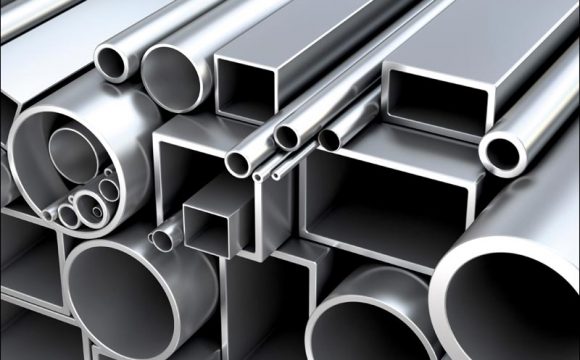
Even though wine destined for a premium segment has traditionally been transported in bottles, when we talk about products destined for mass consumption, the bulk transport of wine can present significant advantages. Also, recent improvements in storage technology, handling facilities, and quality protocols have contributed to preserving the quality and organoleptic properties of wine and, consequently, to broader use of bulk wine, which is being increasingly used in all segments.
Methods for transporting wine in bulk
Different types of packaging and containers are available for the transport of bulk wine. The two most common are:
- Flexible tanks (flexitanks): these are disposable plastic bags intended to be installed in a standard 20-foot transport container. Since they are made of plastic, they are cheaper and easier to find than a conventional tank. They are single-use devices that save on cleaning costs and ensure that there will be no possibility of cross-contamination.
- ISO containers for liquid bulk: these are reusable steel tanks framed in a structure with dimensions similar to those of a standard ISO container. As they are reusable, they need to be cleaned between shipments. ISO tanks offer all the advantages of flexible tanks but are more polluting and expensive to transport due to their higher weight. One advantage of an ISO tank is its reliability.
Advantages of the bulk wine carrier
Transport costs
A standard container has a capacity of 12,000 to 13,000 bottles. In comparison, a standard flexitank used for the bulk transport of wine has a volume equivalent to about 32,000 bottles of wine. More than twice as much wine can be transported, thus optimizing the cost per liter transported.
Reduction of emissions
The bulk transport of any goods usually entails, in addition to a reduction in transport costs, a reduction in the carbon footprint caused by that movement of goods. In bulk wine carrier, this saving can mean a reduction of up to 40% in CO2 emissions into the atmosphere per liter of wine transported.
Improvement of the wine’s useful life
Bulk transport delays the start of the product’s ‘shelf life,’ which usually begins with bottling. This system offers a great advantage to the local distributor and retailer since it allows them to extend the sales period in the country of destination.
Reduction of damages and losses
Improvements in the materials that make up flexitanks have significantly reduced the incidence of oxidation and contamination in the bulk transport of wine. Bulk wine transported by sea is less likely to suffer temperature variations than wine transported in bottles. Recent studies have shown that stability concerning temperature changes improves bulk shipping because a larger liquid volume has higher thermal inertia than a smaller one.
Also, by not transporting extreme fragility material such as glass bottles and their respective paper labels, the risk of damage, staining, and breakage of the goods is considerably reduced.
Flexibility in the supply chain
When bottling the product at the destination, we can adapt the final product’s bottling rhythm and other characteristics (labeling, packaging, distribution) to the market’s real needs.
- For marketing reasons: Use of individual bottles, caps, or labels made to measure.
- For legal reasons: Need to analyze the product at the destination or specific legal labeling or packaging.
- For technical reasons: We need to include technical elements such as bar codes, special seals, or the presentation in different formats to those offered to us at the origin, such as tetra bricks, plastic bottles, single-dose.






